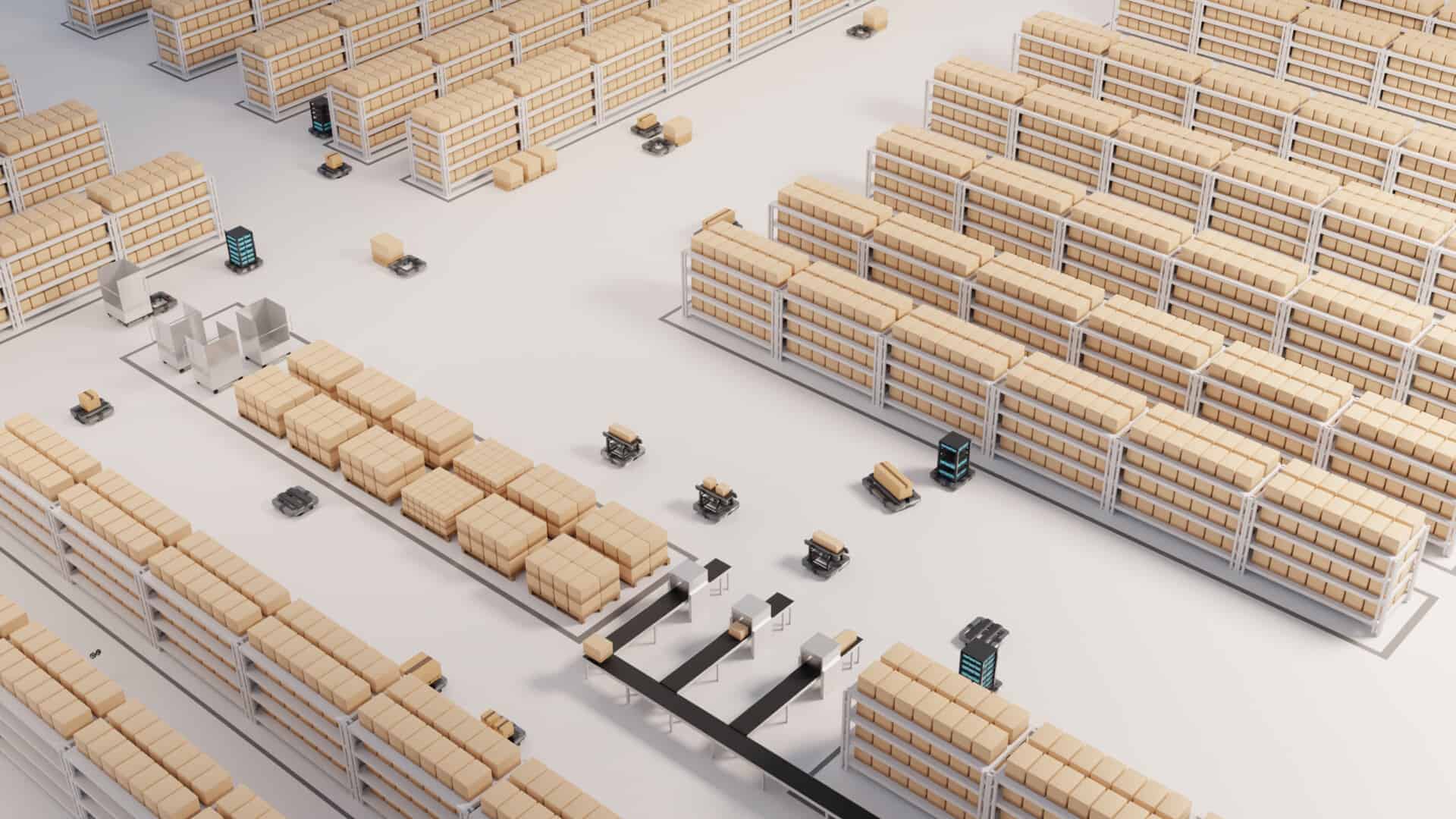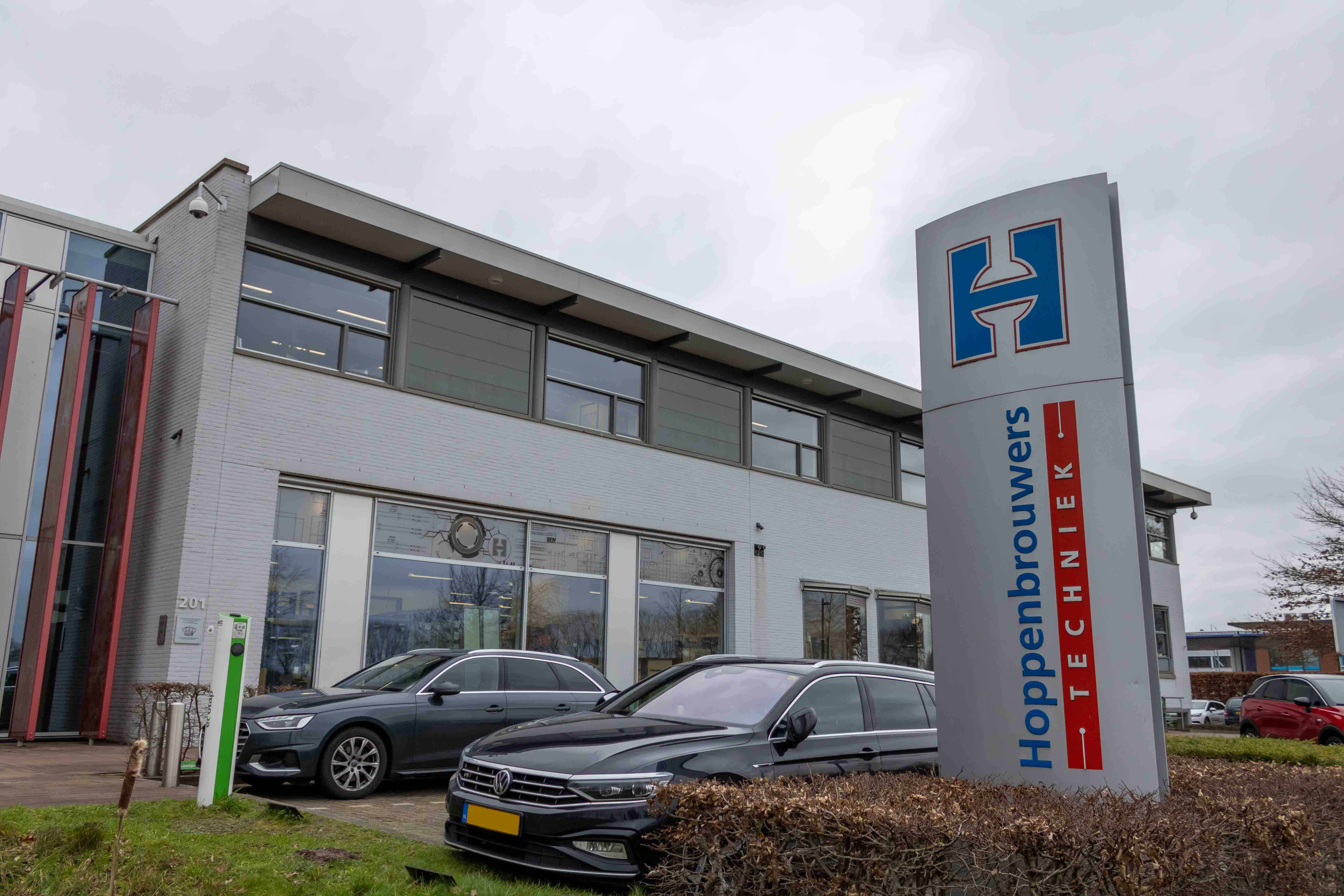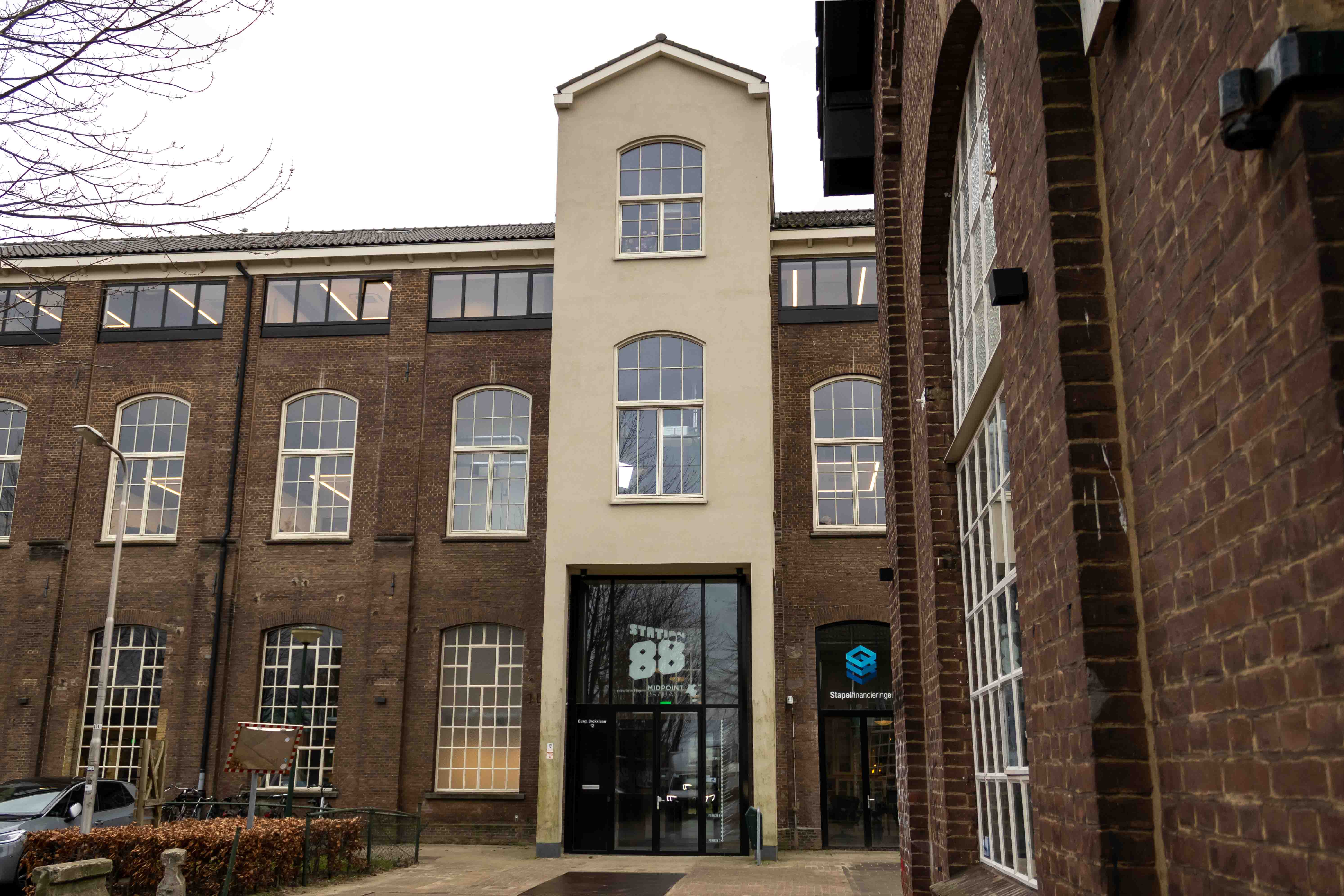
Self-propelled robots are increasingly more common in industry. RUVU makes software that allows a robot to work autonomously. That’s how they help various companies in various industries with the development of a robot. CEO Rokus Ottervanger: “I think that robotics have been used for barely ten percent of their potential at the moment.” That is something he wants to change with his start-up.
What do you do precisely?
“We supply software that enables robots to operate autonomously. For example, think about self-propelled carts for transporting tomatoes in greenhouses or other products in a distribution center. These robots traditionally ride over a floor-mounted induction line or other fixed infrastructure. These are very rigid and therefore expensive to adjust later on. More and more flexibility is required in these kinds of processes. Particularly in terms of the number of robots, routes and conditions that they have to be able to deal with. We supply software which allows a robot to work autonomously to companies that build these types of robots. The software is always wired into one of our customer’s products. That company takes care of the hardware and the sales of the machines themselves.”
“We always build our software out of standardized components. For example, a robot must always be able to determine its own position, be able to think how to get from A to B and be able to detect obstacles along the way. This is the same for a robot that has to do inspections outside, as it is for a robot which operates inside a factory or distribution center. But what works for one robot does not necessarily work for another. That is why we have several software modules for each of these tasks. We choose from these the one that is most suitable for the conditions which the customer’s robot has to operate under. As well as that, we often need some kind of customization in order to meet the customer’s needs. Such as an interface for users, for instance. This way, we deliver customized solutions with standard components.”
[youtube https://www.youtube.com/watch?v=JwD-hRu2ItA]
“We work in three stages in collaboration with our customers. We start with a proof of concept in which we examine, together with the customer, what is technically required for their product. We then present a prototype. During the second stage, the results can be tested by the initial users. We subsequently use this feedback in our software. As a result, we are able to produce a fully-fledged product in just a few months. In the final phase, we provide software licenses and support. The customer can then install and maintain the product themselves.”
Why did you start this business?
“I think robots are just super cool in the first place. Besides that, I see a lot of possibilities that are not being exploited at the moment. There is still relatively little automation in most companies. While there are comparatively simple and inexpensive solutions for automating parts of their process. They can save a lot of costs like that. I think it’s great that the technology we’ve really mastered can be of added value for the user.”
What is the biggest obstacle that you have had to overcome?
“We had it pretty easy in the beginning. We had a free workplace and soon found our first customers. One of them was a company that wanted to build an inspection robot. Among other things, it had to detect gas leaks in oil and gas factories. The other was a robot that could move racks in a distribution center for plants.”
“We were very busy with those first two projects. We assumed that this would result in more work, but that proved not to be the case. After those projects, we were out of work. Although I was aware of this eventuality, I hadn’t paid enough attention back then to attracting new customers. A time came when we didn’t have much work to do. That was difficult.”
How did you eventually remedy that?
“By providing a clearer picture of what we are doing. That way, customers are better able to find us and immediately know what to expect from us. In addition, we have started to build partnerships with companies that supply components for mobile robots, such as sensors, for instance. Their customers are our customers, although from a commercial point of view we don’t get in each other’s way. And that’s a great way to work together. For example, we work with a company that supplies GPS systems. If a customer of this company wants to build a robot, they knock on our door. Both the customer and the GPS supplier benefit from the fact that the systems work well together. This is what we deliver with our software. We complement each other very well in this respect.”
What has been the best moment you have had so far?
“I am happy when the customer is happy. The most wonderful moment is when a robot does what the customer had in mind. That feels like appreciation of our expertise. There’s a big technical aspect to that, but I’ve noticed that I am able to relish the entrepreneurial side of myself more and more. I’m a genuinely technical person by nature. I did mechanical engineering at Eindhoven University of Technology and graduated in control systems technology. When I work with a client on the business case for their new product, and on how we fit in with it, I think that’s very nice too. Then, of course, it’s fantastic when they finally sign the deal.”
What can we expect from you in the coming year?
“I want to double the number of team members in the coming year. There are three of us now. That’s great fun, but the six of us can build up more diversity and a broader expertise. After that we can grow a bit more, although the team shouldn’t get too big at this point in time. If we are all working on the same core of software, we have to make sure that communication is flawless. If the team gets too big, you often see that islands start emerging. You run the risk of inefficiency that way. Together with the team, I want to work on at least three separate robots in three different market sectors. So those are three different collaborations with other companies.”
“In the long term, I would find it really amazing if there were thousands of robots riding around the world with our software. They make people’s lives easier, more fun and safer.”







